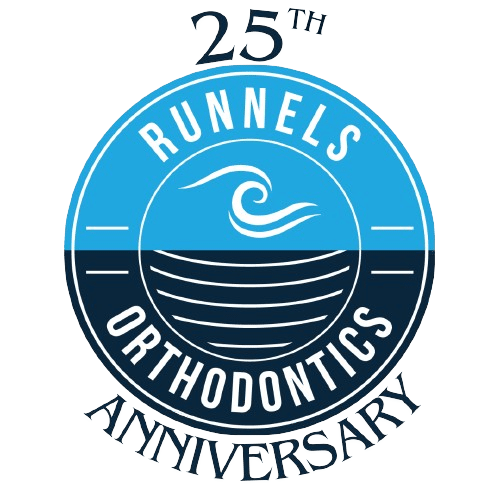Malocclusion is the unsatisfactory arrangement of the teeth where the top jaw touches the bottom jaw when the mouth is closed. The reason for the poor bite is usually problems with the size or shape of the teeth or jaw. The problem may only be cosmetic because the teeth look unattractive, but there are severe cases where malocclusion may cause problems with speaking and chewing. In these cases, most people start looking into the different types of braces that are available to correct the problem.
Other names for malocclusion that you may encounter are:
- Overbite
- Underbite
- Crossbite
- Open bite
- Crowded teeth
The main cause of malocclusion is heredity. However, some habits and conditions may change the structure of the jaw, causing the teeth to become crooked, such as:
- Prolonged use of a bottle or pacifier after the age of three years
- Thumb sucking
- Impacted teeth
- Injury that affects the jaw
- Mouth or jaw tumors
Malocclusion is an orthodontic problem, and the most common treatment is braces. For children and teenagers, certain teeth may need to be extracted before the braces can be attached. The braces will straighten out the bite and may help move the child’s jaw into the correct position. The most popular types of braces for severe malocclusion are:
- Metal braces – These are the strongest and are recommended frequently for severe malocclusion. They are usually made of stainless steel, although there are other types available. The brackets and archwires are also metal, and they are adjusted throughout the treatment to pull the teeth into the correct position.
- Ceramic braces – These braces are like metal braces, but the brackets are made of ceramic. They do not leave stains on the teeth and are more popular than metal braces because they are tooth-colored and not as obvious. They are as strong as clear metal braces, but require more time to complete the treatment.
- Lingual braces – These are for people who do not want their braces to be seen when they talk or smile. They are attached to the back of the teeth.
Malocclusion is diagnosed during a regular dental exam. X-rays may be taken and the type of malocclusion is determined. After this, the proper treatment may be recommended. If the malocclusion is severe, brace, tooth extraction and surgery may be required. After treatment, you or your child may have well-aligned teeth and can talk, eat and smile with confidence.
During a consultation at Runnels Orthodontics, your malocclusion may be diagnosed and, if braces are the remedy, the most popular types of brace will be discussed. Don’t put off your orthodontic treatment any longer. You deserve to have a beautiful smile. Come in to see our team for a consultation. With offices located in Destin and Panama City Beach, we happily serve clients in Fort Walton Beach, Niceville, Freeport, Miramar Beach, Santa Rosa Beach, Seaside, Rosemary Beach, Panama City Beach, Panama City and surrounding areas. Contact us today to schedule your orthodontic appointment!


